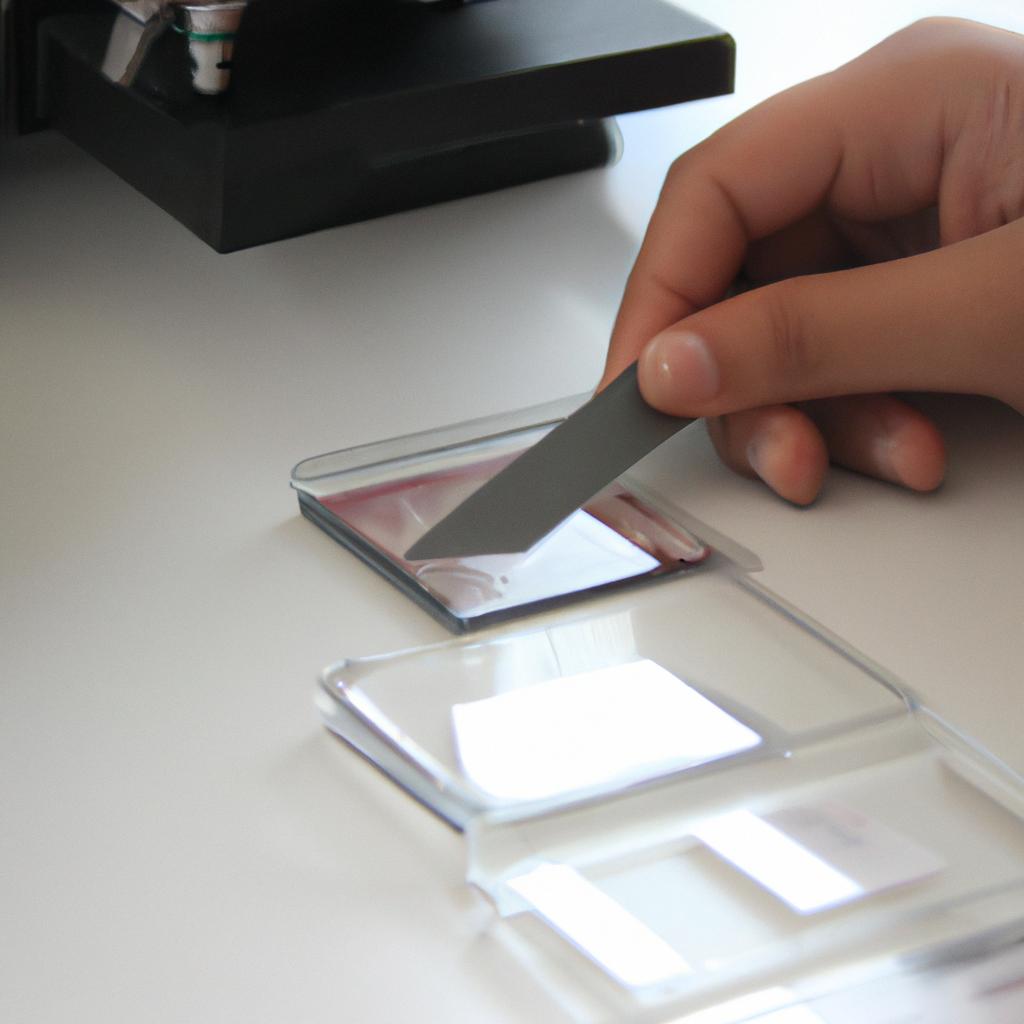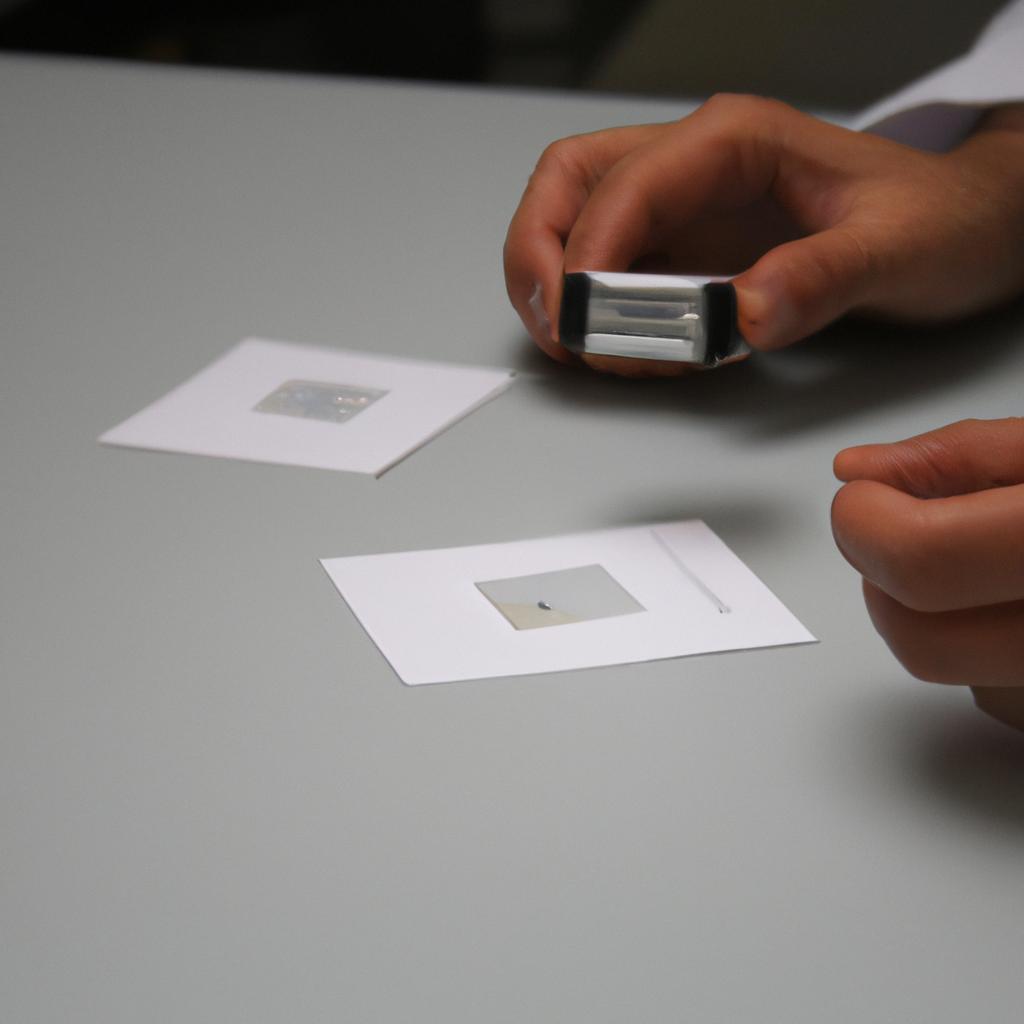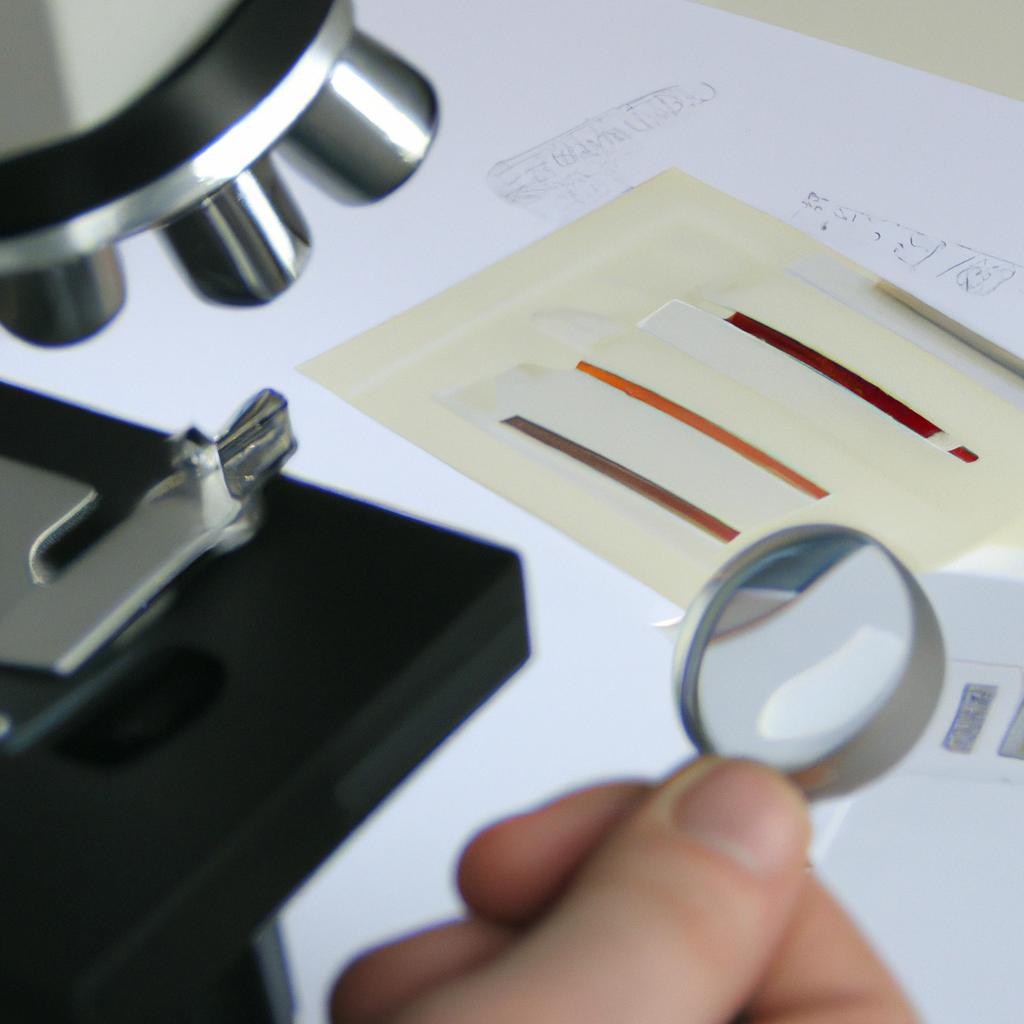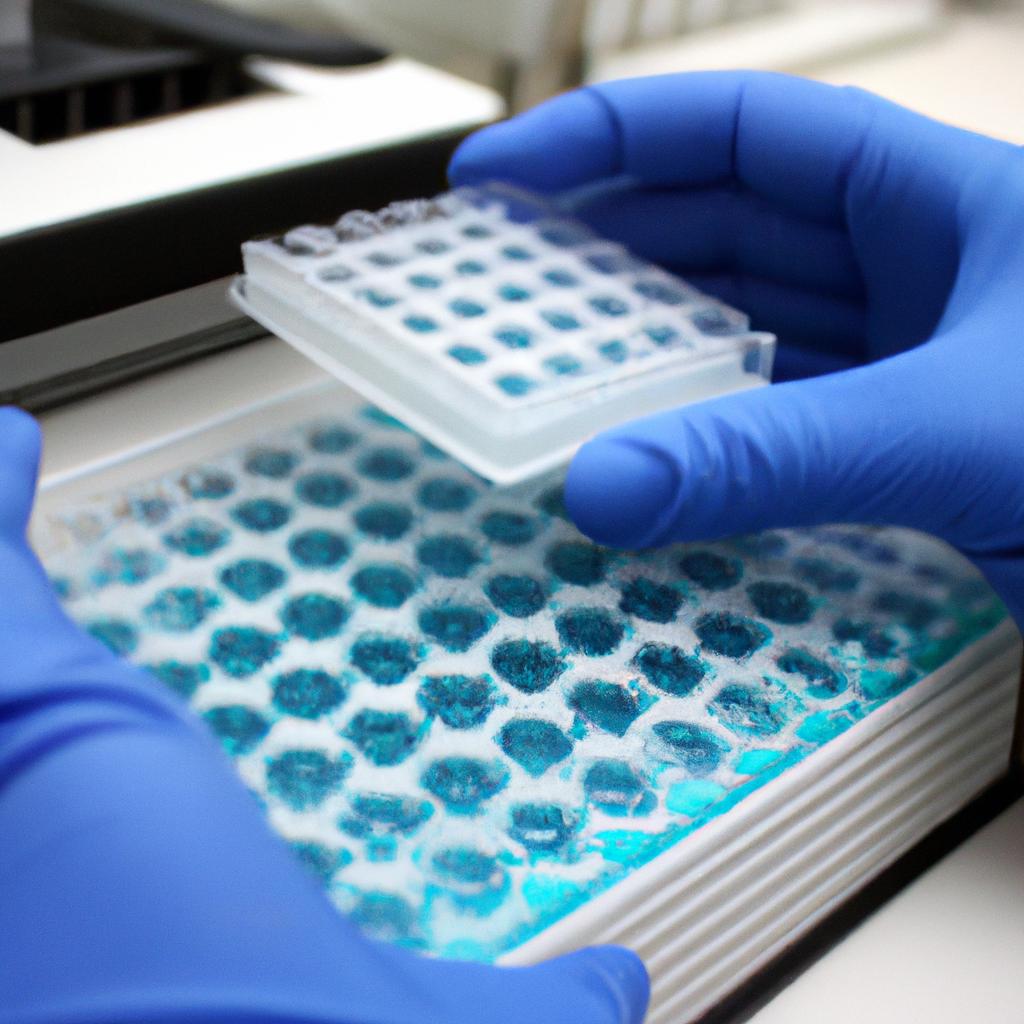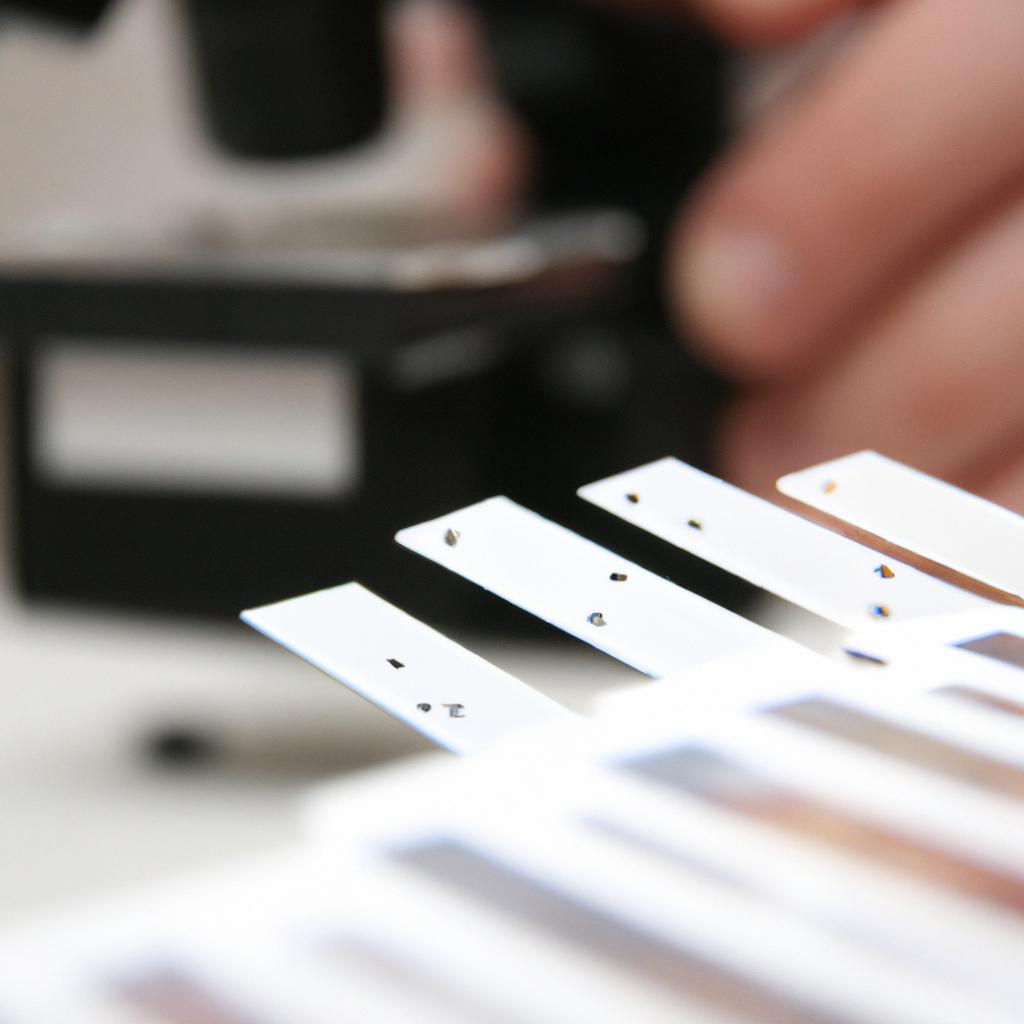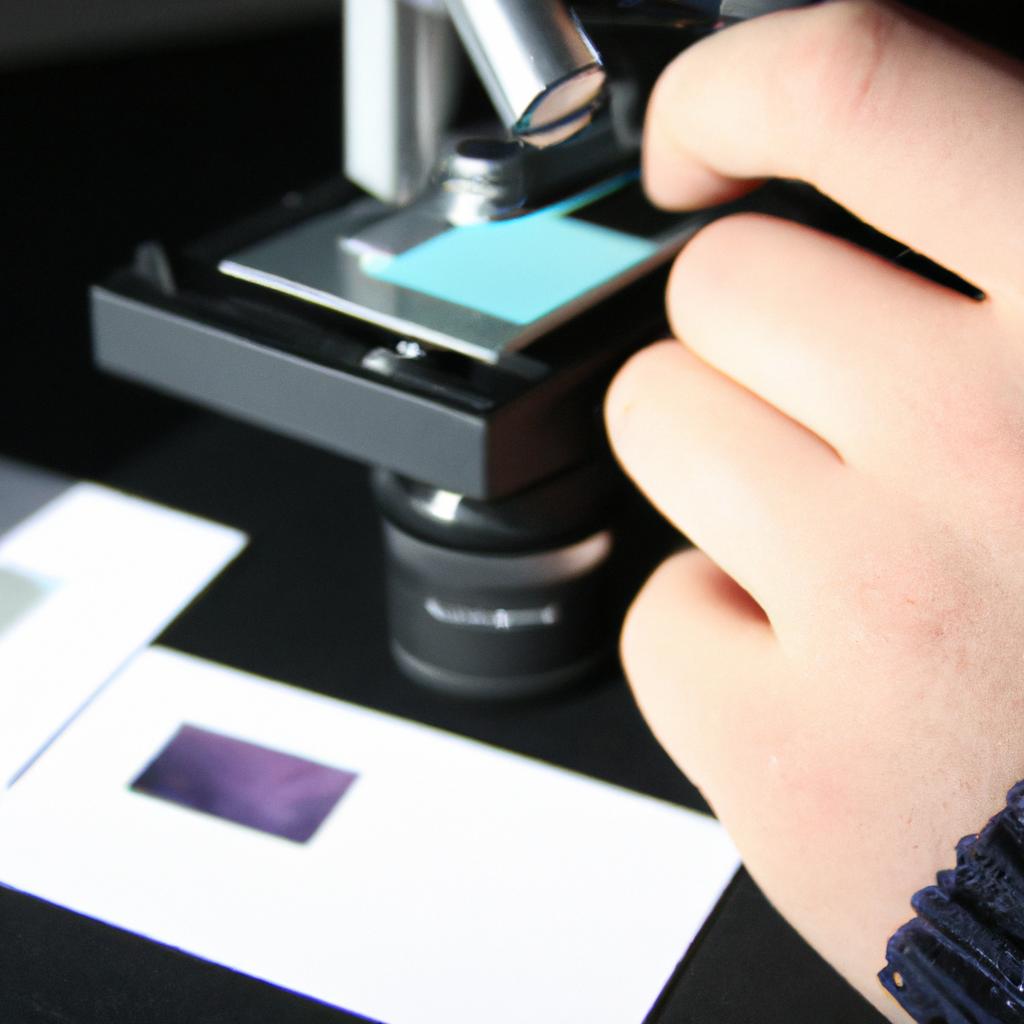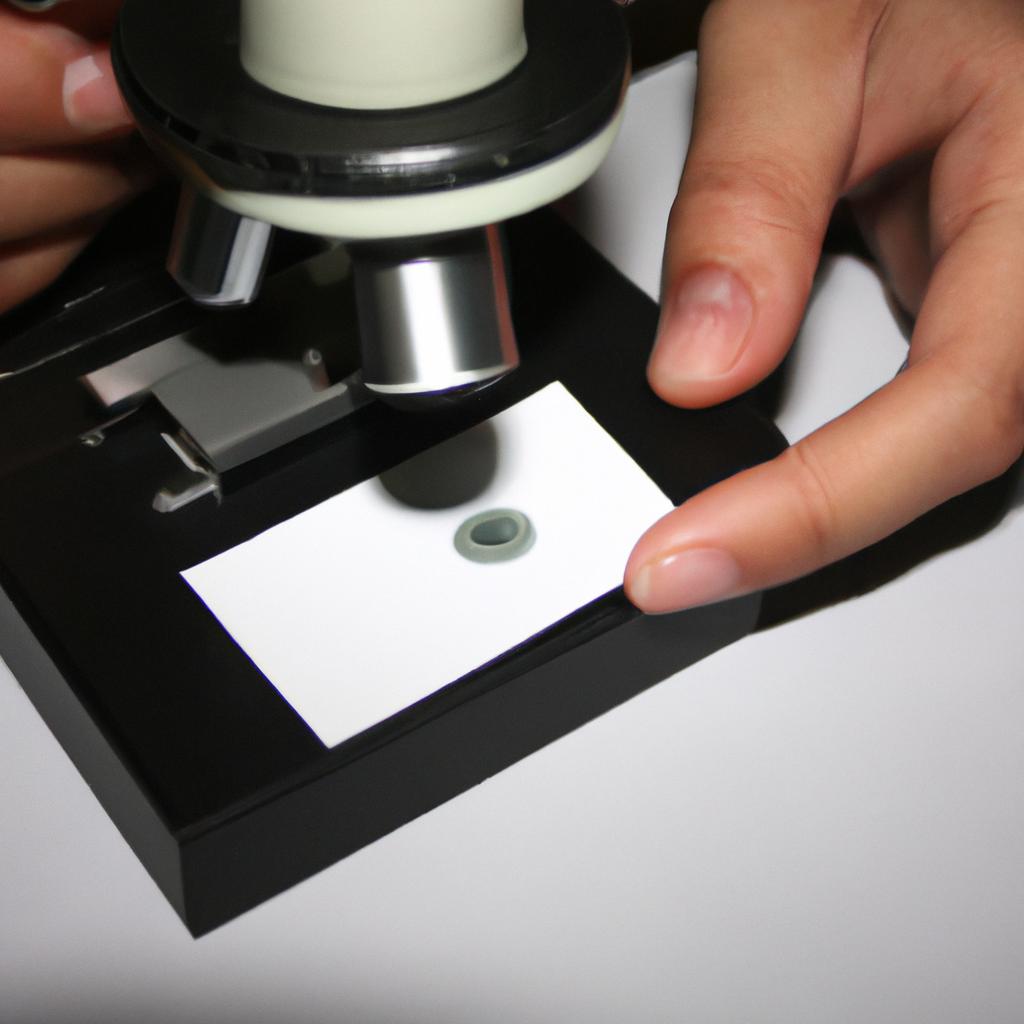Cytoplasmic abnormalities play a crucial role in veterinary clinical pathology, specifically in the assessment of cellular morphology. These abnormalities can serve as valuable indicators of underlying diseases and provide insights into the health status of animals. By examining cytoplasmic features such as coloration, granularity, inclusion bodies, vacuolation, and presence of …
Read More »Inclusion Bodies in Veterinary Clinical Pathology: Cellular Morphology Demystified
Inclusion bodies, also known as cytoplasmic or nuclear aggregates, are a common finding in veterinary clinical pathology. Despite their prevalence, the accurate identification and interpretation of inclusion bodies can pose challenges for veterinarians and laboratory technicians alike. This article aims to demystify the cellular morphology of inclusion bodies by providing …
Read More »Infectious Organisms in Veterinary Clinical Pathology: Cellular Morphology
Infectious organisms pose a significant challenge in veterinary clinical pathology, particularly when it comes to cellular morphology. This field of study focuses on the examination and analysis of animal cells to diagnose diseases and identify infectious agents. One example that highlights the importance of understanding cellular morphology in veterinary clinical …
Read More »Hematopoietic Disorders in Veterinary Clinical Pathology: Cellular Morphology
Hematopoietic disorders encompass a wide range of conditions that affect the production, maturation, and function of blood cells in veterinary medicine. These disorders can manifest as abnormalities in cellular morphology, leading to significant diagnostic challenges for clinicians and pathologists. Understanding the intricacies of hematopoiesis and recognizing characteristic morphological changes are …
Read More »Parasites and Veterinary Clinical Pathology: Cellular Morphology
Parasitic infections in animals have long been a significant concern for veterinary clinicians. The identification and characterization of parasites can provide crucial insights into the diagnosis, treatment, and prevention of these infections. One notable aspect of studying parasitology is its intersection with veterinary clinical pathology, particularly in the examination of …
Read More »Cellular Morphology: An Informative Guide to Veterinary Clinical Pathology
Cellular morphology is a fundamental aspect of veterinary clinical pathology that plays a crucial role in the diagnosis and management of various diseases. By examining the size, shape, coloration, and arrangement of cells under a microscope, veterinarians can gain valuable insights into the underlying pathophysiological processes occurring within an animal’s …
Read More »Nuclear Abnormalities in Veterinary Clinical Pathology: Cellular Morphology
Nuclear abnormalities in veterinary clinical pathology play a crucial role in the diagnosis and management of various diseases. The study of cellular morphology enables veterinarians to identify deviations from normal nuclear features, leading to an accurate assessment of pathological conditions. For instance, consider a hypothetical case where a canine patient …
Read More » Vet Clin Path Journal
Vet Clin Path Journal
